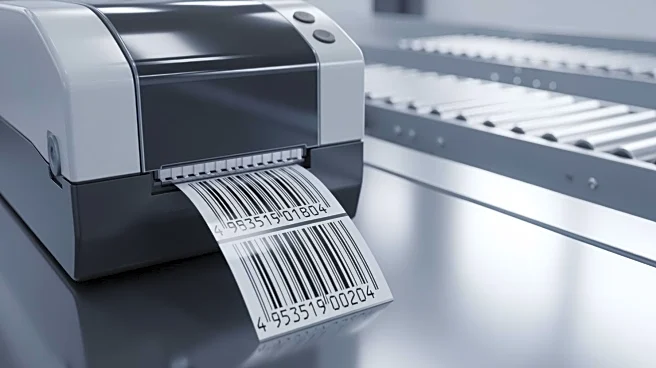What's Happening?
Ammeraal Beltech has introduced its innovative XMD technology, which combines X-ray detection with Metal-Detectable features to enhance food safety. This technology is designed to identify foreign bodies
in food products that standard metal detectors may overlook, thereby minimizing contamination risks. The XMD technology aims to protect consumer trust and prevent financial losses associated with recalls due to contamination. The exclusive video released by Ammeraal Beltech showcases the capabilities of XMD technology across various food industries, including fruit, vegetable, bakery, and confectionery segments.
Why It's Important?
Ensuring food safety is critical for maintaining consumer trust and compliance with industry standards. Contamination can lead to severe financial losses, damaged reputations, and costly recalls. By investing in advanced detection technologies like XMD, food manufacturers can proactively address contamination risks and enhance operational efficiency. This technology not only safeguards production processes but also empowers manufacturers to make informed decisions, ultimately protecting brand integrity and consumer health. The introduction of XMD technology represents a significant advancement in the food industry's efforts to uphold the highest safety standards.
What's Next?
The adoption of XMD technology is likely to lead to increased investment in advanced detection systems across the food industry. As manufacturers seek to enhance food safety, there may be a push for more comprehensive solutions that integrate various detection capabilities. Collaboration between technology providers and food manufacturers could result in further innovations tailored to specific industry needs. Additionally, regulatory bodies may update guidelines to reflect the capabilities of new technologies like XMD, ensuring that safety standards evolve alongside technological advancements.
Beyond the Headlines
The development of XMD technology highlights the importance of innovation in addressing food safety challenges. As contamination risks evolve, manufacturers must continuously adapt their processes to ensure consumer protection. The integration of advanced detection systems also raises questions about the balance between technological investment and cost-effectiveness, as companies must weigh the benefits of enhanced safety against the financial implications. Furthermore, the focus on food safety underscores the collective responsibility of industry stakeholders to prioritize consumer health and uphold ethical standards in production.











